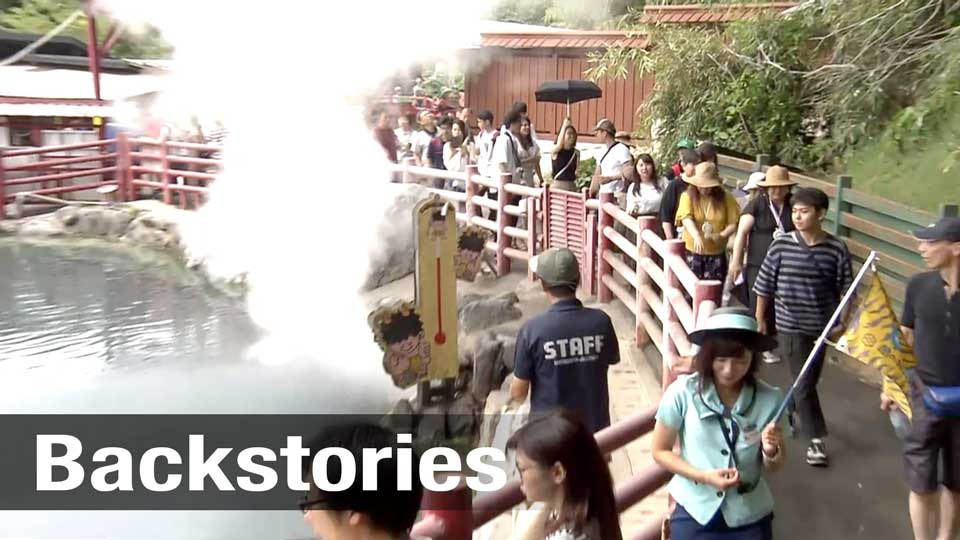One area that has been affected is Oita Prefecture in western Japan, which boasts some of the most popular hot spring resorts in the country, including Beppu and Yufuin.
Near-neighbors staying away
Last year, Oita attracted 878,000 overseas tourists, the highest number on record. More than 60 percent of them were from South Korea, not least because of the prefecture's proximity to the country.
But this year, the number of South Korean guests has continued to fall. In August, 13 regular flights per week between Oita and three South Korean cities, including Seoul and Busan, were suspended due to a drop in demand. Only 7,574 South Korean visitors stayed in Oita, down 67.8 percent on the same month last year.

B-biz Link is an association that helps promote inbound tourism and business opportunities in Beppu. "The issue at hand is one between national governments," says coordinator Takeshi Sasaki. "So options are limited as to what we can do."
The number of South Koreans visiting a tourism information center run by the firm has declined to under half of what it was in July. Sasaki says tour buses carrying South Korean visitors have dropped by two-thirds at some attractions.
Prompting a rethink
Kamado Jigoku is a hot spring attraction in Beppu City that has long been popular with South Korean tourists. The facility's entire staff began studying Korean five years ago to better attend to guests. But recently, some days see no tour groups at all from the country.
"We will use this time to try new things," says sales manager Masatoshi Goto. "We're thinking about opening at night and installing illuminations to make the place more attractive. Our whole staff is now studying English and Chinese to be able to help visitors from a wide range of countries, not just South Korea."

Japan's Tourism Agency chief Hiroshi Tabata said at a news conference on September 18 that the prospect of South Korean tourists returning remains slim.
"Many individuals and groups have cancelled trips to Japan and the number of new reservations is also declining," he said. "This month, some South Korean airlines are planning to suspend or reduce flights to Japan. The fact that the value of the South Korean currency is declining against the yen is not helping. Japan also faces competition from other tourist destinations."
"Promoting exchanges through tourism lies at the foundation of mutual understanding. It is extremely important. Japan must keep trying to highlight its good points to attract more tourists."
The Japanese government has set a target of welcoming 40 million tourists in 2020. But, given that South Koreans used to be the second-most-numerous visitors, the ongoing frosty relationship looks like it could be an obstacle.

